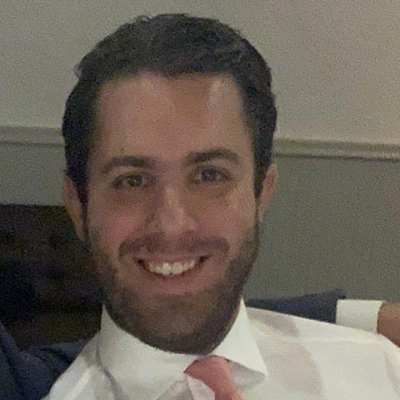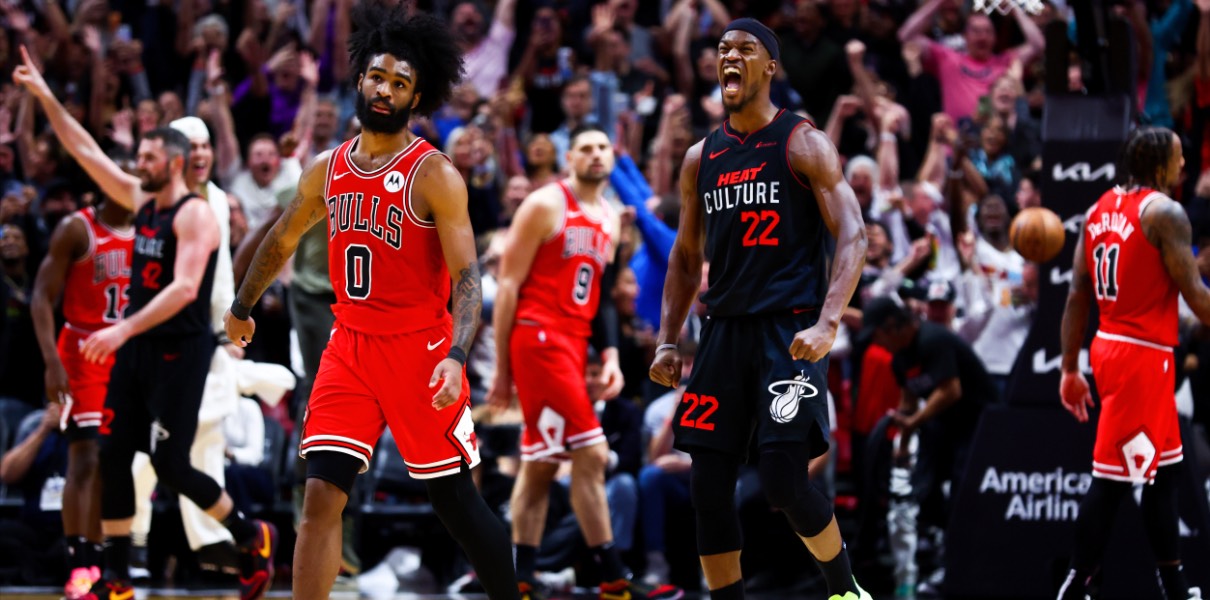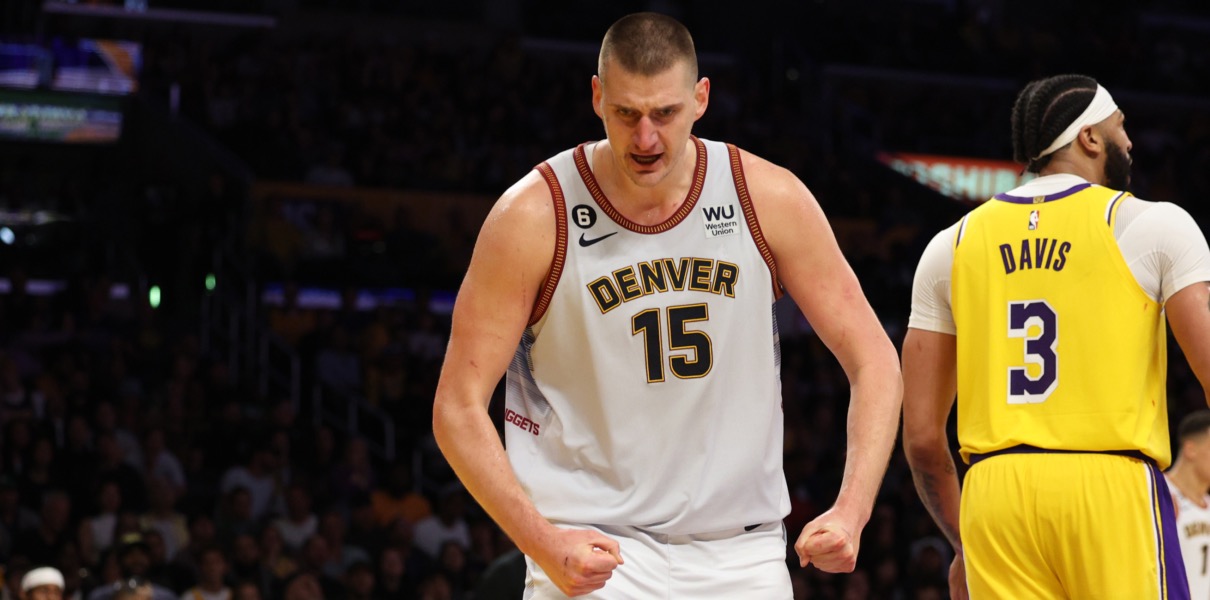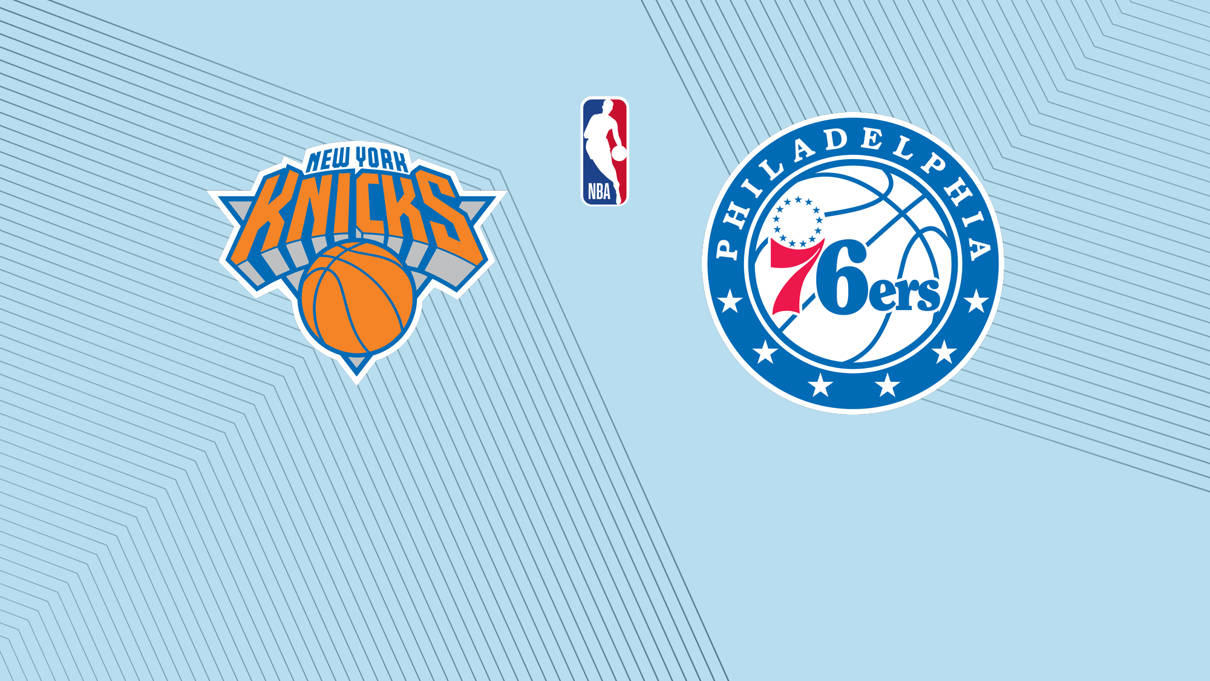Perhaps we didn’t all share the same experience, but from 6th to 12th grade my school put us through a series of fitness tests every year. You know, things like the iconic FitnessGram PACER Test, the flexed arm hang, the push-up test, and the sit-and-reach.
That stinkin’ sit-and-reach was my mortal enemy.
To say that I wasn’t very flexible as a scrawny tall kid would be an understatement. I’d put my feet against the box and barely push the little lever forward with my fully-extended muscleless arms. Meanwhile, next to me would be Cheerleader Sarah folding like a flip phone.
I shiver every time I see a sit-and-reach to this day, and I bet you the Chicago Bulls feel the same way. After all, they may have even less flexibility than I do!
Arturas Karnisovas and Marc Eversley mortgaged much of the team’s future on their current core. Not only did they trade a combined three first-round picks for DeMar DeRozan and Nikola Vucevic, but they also recently handed Zach LaVine a five-year, $215 million contract. Add in the fact that Vucevic is now up for a new payday in unrestricted free agency and DeRozan is eligible to receive a contract extension, and the Bulls’ situation becomes that much more complicated.
Indeed, a 9th-place finish in the Eastern Conference clearly underscored that roster adjustments have to be made. But what money do the Bulls have to pursue such changes this offseason? Well … not much.
Will the Bulls Act as a Cap Space Team?
I’d be shocked.
The Chicago Bulls are not in a position where opening up cap space to pursue this upcoming free-agent class makes sense. One of the best ways to think about this is by thinking about Nikola Vucevic’s impending free agency.
Let’s go ahead and project that he gets somewhere between $18-20 million on his next contract. And let’s go ahead and assume he accepts that from another franchise. His departure doesn’t automatically mean the Bulls now have their own $18-20 million to spend in free agency. The only reason they’re able to re-sign him to that number without cap space is because they own his Bird Rights.
Instead, the maximum amount of cap space the Bulls can generate this season is an estimated $16.3 million (h/t Spotrac). They would need to let all their free agents walk, renounce the rights to guys like Marko Simonovic and Carlik Jones, and watch Andre Drummond and Derrick Jones Jr. turn down their player options. They would do all of that only to still not have enough cap space to sign a player who is – on paper – worth as much as someone like Vucevic.
With that in mind, it’s a little easier to understand why keeping the asset that is Vucevic OR at least working out a sign-and-trade is likely the best outcome. The max cap space they can reach just isn’t going to supply the roster with the same level of talent nor will it be nearly enough to adequately fill all the roster spots that were created by moving on from those players (guys like Coby White, Ayo Dosunmu, Derrick Jones Jr., Andre Drummond, etc).
How About Those Exceptions?
So the path the Bulls’ must take is pretty darn simple. The front office will continue to operate as an over-the-cap team and merely use the exceptions the league has in place.
The most useful of these exceptions, of course, is the non-taxpayer mid-level exception. Since the Bulls were not recently over the luxury tax, they will (technically) have $12.2 million this summer to spend. If they were a tax-paying team this number would sit at just $5 million.
The other exception that they’ll have in their back pocket will be the Bi-annual exception (aka the BAE). You may remember Chicago not having this during last summer’s free agency. The reason for that is because – hence its name – it can only be used once every two years. And Chicago dipped into its BAE during the 2021-22 season to sign Tristan Thompson off the buyout market. I know … woof.
Still, the BAE is now back in their possession and it rewards them with another $4.4 million to use in free agency. One important thing to note, however, is that the BAE can not be combined with the MLE. To put it differently, the Bulls CAN NOT blend the two together and award someone with $16.6 million. What they can do is split both exceptions individually among multiple players (i.e. sign player X with $6.7 million of MLE and player Y with $5.5 million), but it can not all be put toward an individual.
But How Much of Those Exceptions Will They Really Use?
The thing is … just because the Bulls have that money doesn’t mean they can spend it all. Er, well, they can, but they likely won’t.
As we all know, owner Jerry Resindorf is allergic to the luxury tax. The Bulls chose not to enter it this past summer and thus left money from the mid-level exception on the table. They are currently in a position to have to do that again if they re-sign their most notable free agents.
For instance, let’s say Vucevic signs an $18 million deal to return, White signs a $13 million deal, and Dosunmu signs a $4 million deal. Spotrac’s team management tool helped show us that the Bulls would be only $8.5 million below the luxury tax threshold. And that’s with the use of what I find to be relatively team-friendly new deals for each player.
Now, that number can actually reach as high as $15.2 million below the tax, but that also requires both Drummond and Jones Jr. to decline their player options. Jones Jr. already said that he plans to stick around, while Drummond’s future is unclear (if he leaves and Jones Jr. stays, the Bulls could use basically the full MLE and stay right under the luxury tax).
So, yeah, while the Bulls might have a total of $16.6 million at their disposal between the two exceptions, there is a world where we may only see them spend half of that.

































